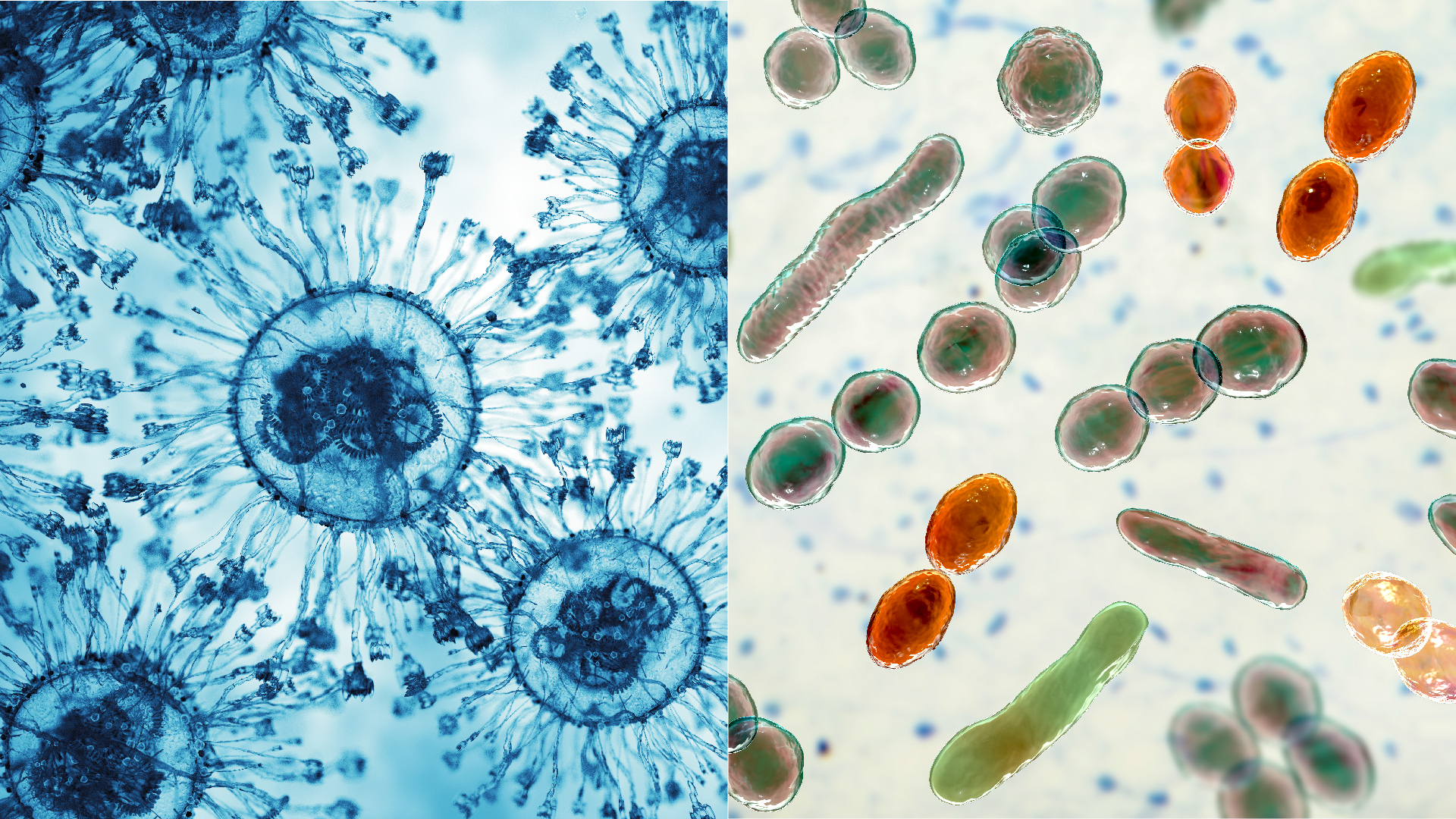Processes, Vol. 12, Pages 2276: Thermodynamic Justification for the Effectiveness of the Oxidation—Soda Conversion of Ilmenite Concentrates
Processes doi: 10.3390/pr12102276
Authors: Kuralay Akhmetova Nesipbay Tusupbayev Bagdaulet Kenzhaliyev Sergey Gladyshev Nazym Akhmadiyeva Leila Imangaliyeva
This article presents the results of a thermodynamic analysis of the oxidation soda conversion reactions of minerals in ilmenite concentrates in the temperature range of 373–2273 K. The thermodynamic parameters of pseudorutile, pseudobrukite, and the new minerals, zhikinite and spessartine, were calculated for the first time. It has been established that the most important criterion relating to the stability of titanium minerals and related elements, as well as the reaction properties of the structural oxides of metals and silicon, is their degree of oxidation. Oxides of silicon (IV) and manganese have the best reactivity in solid-phase oxidizing alkaline environments (VI). Modeling this process scientifically substantiates the mechanism involved in the destruction of minerals in ilmenite concentrates in the low-temperature region in the presence of atmospheric oxygen and sodium oxide of soda ash, which are decomposed through the absorption of heat and the evaporation of moisture during the dehydration of hydrated minerals of iron and manganese and the dehydration of the soda–ilmenite batch. Tests conducted during pilot metallurgical production at the Institute of Metallurgy and Enrichment (PMP of JSC) confirmed the feasibility of processing high-chromium and siliceous rutile leucoxene ilmenite concentrates, which are unsuitable for traditional pyro- and hydro-metallurgical enrichment methods, through single-stage oxidation soda roasting, followed by the leaching of easily soluble sodium salts of iron and associated impurities with water and a dilute hydrochloric acid solution. The proposed energy-saving method ensures the production of high-purity (>98%) synthetic rutile while eliminating the formation of strong deposits on the lining of roasting units.

 10 hours ago
12
10 hours ago
12


